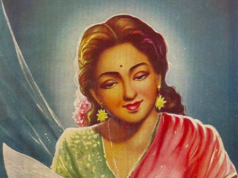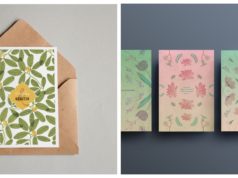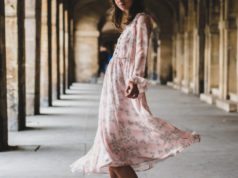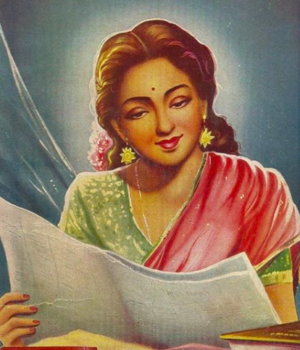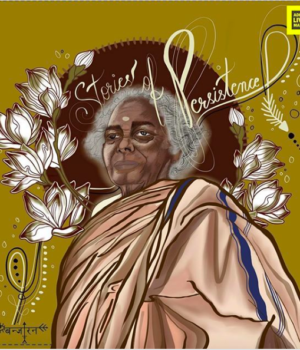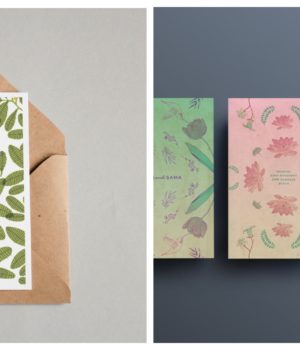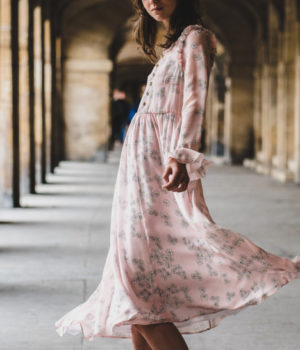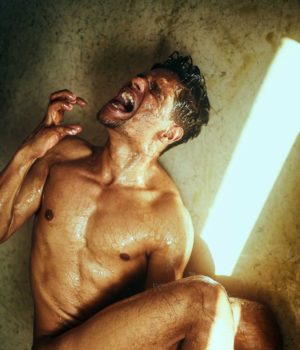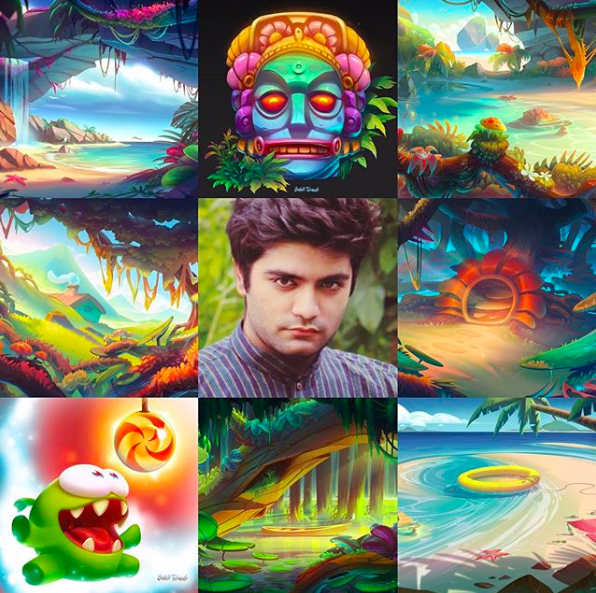
God of War, The Legend of Zelda: Breath of the Wild, Assassin’s Creed, Prince of Persia – there are some games in which the concept art tells a story, all by itself. Concept artists, therefore, are responsible for so much more than style, mood and atmosphere. They’re responsible for driving the narrative in a way that’s compelling and delightful.
We chatted with Sahil Trivedi, concept artist for EA Games, about environment creation, character design, what’s challenging about his job and what he enjoys about it:
Can you give us a quick background of your career?
Having studied Fine Arts and then Animation & Film Design in university, I wasn’t sure about which line of interest to pursue, but I decided to go with Concept Art as I really enjoyed it. And I’ve been developing my interest and skills, day by day ever since. I’m really lucky and thankful that my parents have been supportive of me.
Working for EA, a company which has so many successful games itself is an achievement, and I’m humbled to work with my teammates.
Why is concept art important?
Concept Art plays a major role in visual development for any creative platform, whether a game or an animated film.
Usually, a concept artist, using a story or brief, will start off sketching rough thumbnails, and work with a team to make the visualisation clearer. With their direction, we’ll create environment art (composition, shapes, lines, assets in the scene), and character design (personality, expressions, shapes & lines), and that builds the final look of the film/game.
Can you walk us through your process for creating a piece? What typically tends to change from concept to final artwork?
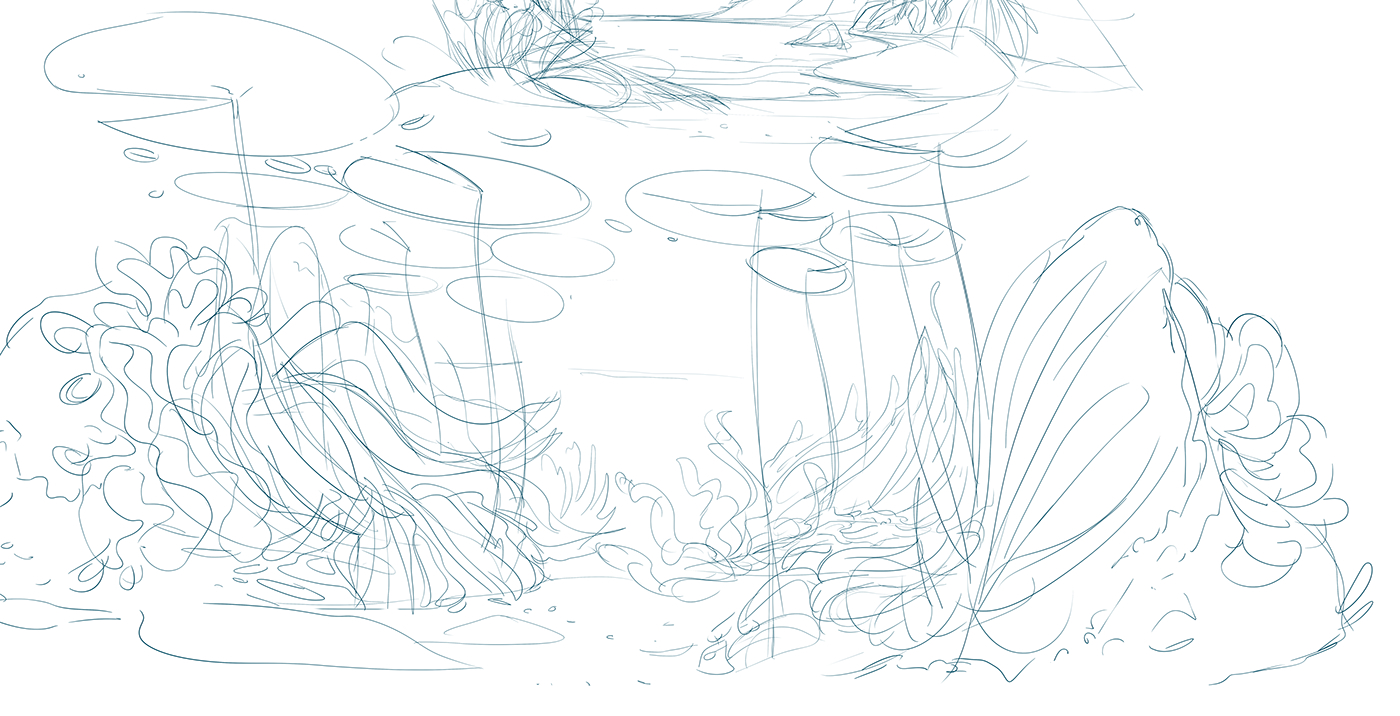

I do a lot of research before starting any environment/character design. I start with a very basic and rough thumbnail after understanding the requirements for it. Then comes the colour palette (choosing those which best fits the mood), drawing, inking and teasing out shapes, and then setting up different colours and moods to help me select the right choice.
The main element in environment art is the story behind it. Even if it’s a small element, it makes a lot of difference, so always look for an interesting story element to play with.
Can you share some tips and trick about how to make a memorable character, especially in a game?

The key is to keep it very simple. Sometimes we overdo it with loads of details, but honestly, it’s not necessary. Instead, look for the personality of the character instead, and try to understand how that character would behave if it was you.
Coming to the character design itself, it needs to have silhouette and shape, to be clean and readable, even in its smallest scale possible. But it needs to have enough detail to create a connection with the players – if it’s being made for an AAA platform like DOTA 2 or League of Legends, it needs to be highly detailed. In all cases, you should be able to get a sense of the character – whether its a beggar or a king – within seconds.
Is there anything different about conceptualizing artwork for games versus other mediums like print or web design?
There’s a lot of difference. The work we do for games is highly confidential. Second, it requires loads of iterations with feedback. And sometimes, after all the changes, it hardly looks like the first thumbnail created. It’s definitely a tough task but it becomes interesting and fruitful.
What’s the one thing you think is least known about working as a concept artist for games?
Concept Art is not driven by a one man army. There are plenty of people involved in the process, and actually, feedback from non-artist p.o.v’s is quite important as it helps you to improve.
So, talk, talk, talk as much as you can.
Don’t go overboard with final renders and then have the client tell you that it’s not what they wanted. Relax, create small drawings based on client feedback, share it, and take time with iterations.
What is your favourite and memorable game? Why?
This one definitely goes to Witcher 3! I have played mostly all of RPG games but this one is close to the heart. I prefer narrative storylines which feel like a movie, is very immersive and has design depth to it.
Even from an artist perspective, the characters and the environments are amazing, and each and every character is aged in story, like wine! The taste of that game itself is another dimensional experience.
To check out Sahil’s work, click here for his Behance portfolio and here to follow him on Instagram.
All image credit: Sahil Trivedi

